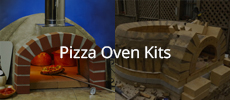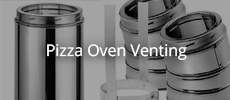(M) James wrote, in part:
"Does that seem to be the "best practice" (my old IT days showing through) method for the last few chains? Marcel, does that work for you, or are you ready to recommend the beach ball?
 "
"=================================================
(M) In general, I'd like to see the plans include *many* optional approaches. I realize that we're not "skinning a cat" but I have seen a great variety of methods and materials. I would favor a basic recommended set of instructions with footnotes indicating a special section where alternatives could be viewed.
(M) Your "
 " makes me wonder if you are speaking tongue in cheek or just being friendly. I'll assume the latter and say that I have not used a beach ball but if I were to build another oven, that would be something I'd certainly try.
" makes me wonder if you are speaking tongue in cheek or just being friendly. I'll assume the latter and say that I have not used a beach ball but if I were to build another oven, that would be something I'd certainly try.(M) Without having had actual "hands on" experience using any particular technique or material, I'm reluctant to take a pro or a con position. I tried balloons and had trouble with them popping so I figure a beach ball is far tougher, bigger (so it eliminates the need for styrofoam vanes) and a virtually perfect sphere. The builder could see the first 6? chains on the inside and only later employ the ball.
(M) I know that somewhere on this site there is a successful build using a beach ball. I could probably find the reference if anyone requests it. Beyond that, I'll stick with my old cliche' adage in red of Albert Einstein
Ciao,
Marcel






Leave a comment: